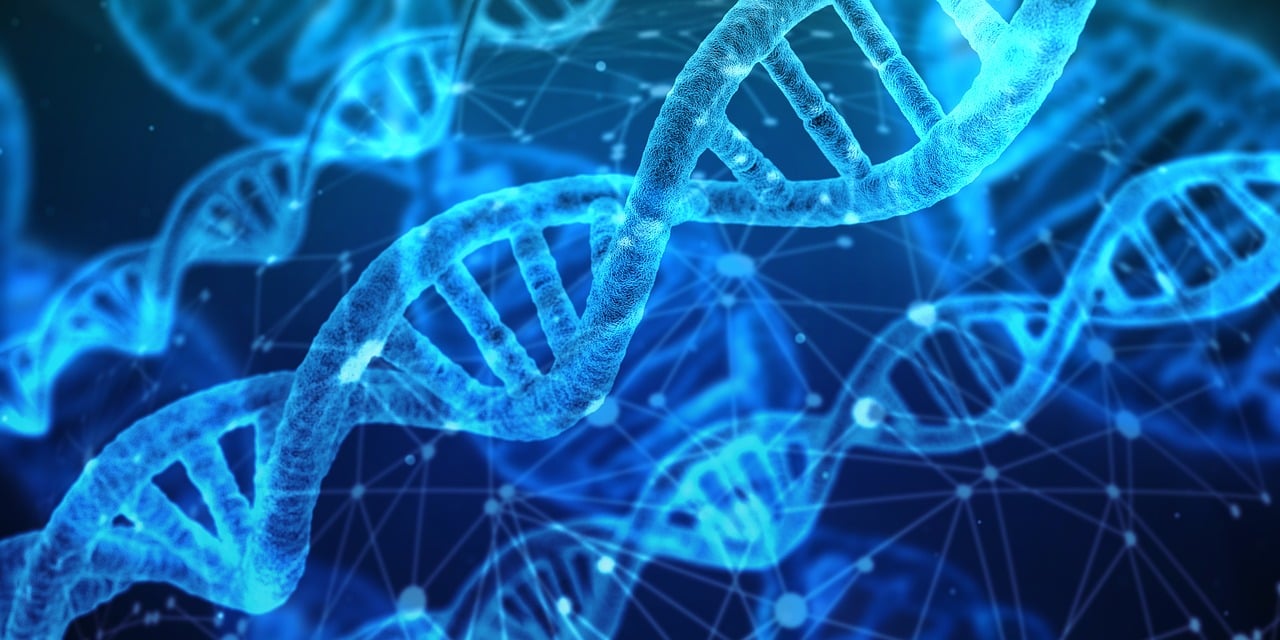Dr. Ravi Gaur
As the women enter into the age of adolescence, the body undergoes various physiological changes and psychological development. From the age of 11 years, girls begin experiencing the hormonal changes and bodily shifts all of which are not visible as such. The hormones such as estrogen, progesterone, testosterone, cortisol, thyroid, and dehydroepiandrosterone are responsible for woman’s reproductive as well as overall health. These are just like messengers that direct all the systems in the body to perform their function in a particular way and on a particular time.
In women, the proper balance between Luteinizing, Follicle-stimulating, Estrogen, and Progesterone hormones predominantly regulate the menstruation cycle and maintain the overall health. Secreted into the blood, any sort of imbalance in hormones can disturb the bodily functions and cause some of the great health haphazard to the women.
Do You Know?
- The most common hormonal disorders that affect almost half of the female population include PCOS, PMS, irregular periods, chronic illness, migraine, endometriosis, acne, and excessive weight gain.
- The women with PCOS condition stay at a higher risk of diabetes, heart disease, and cancer of the lining of the uterus, research conducted by the fertility specialists of Western Australia.
How can Hormonal Imbalance Create Problems?
Hormones have a crucial role to play in a woman’s life as they help in making a woman pass every stage of her life—from pregnancy to childbirth, from menstruation to menopause.
- The estrogen hormones keep the heart, bones, breasts, womb, vagina, and bladder healthy.
- Evidently, even the slight loss of estrogen hormones can have an adverse effect on women’s health as it may lead to bone disorder osteoporosis, vaginal dryness, urine infections, etc.
Because the body knows no age number and is, in many cases, capable of producing offspring, many women tend to experience the symptoms of hormonal disorders even in the age of late 40s or 50s with the rare possible chances.
Though such hormonal changes and imbalances are tough to prevent, regardless of good diet and exercises, they can be controlled through hormonal testing and diagnosis. To improve a condition, the first one has to identify the condition. And in this case, the hormonal testing allows one to understand the mechanism behind hormonal functioning and accordingly take preventive and corrective measures.
Why to Go for Hormonal Testing
- The hormonal testing enables a woman to track if all the hormones are being produced in her body in right proportion at the right time or not.
- The methods of testing include saliva, blood, and urine which also detect any kind of deficiency that may trigger health problems in the future, besides checking for the hormonal imbalance.
The extreme and chronic stress, overexposure to chemicals, and unhealthy diet is one of the reasons why the women of all ages stand under the radar of diseases related to disturbed hormonal production and balance. Especially the young women are found at the higher risk of wide-ranging disorders such as hair loss, pimples, obesity, hyperthyroidism, acromegaly, and cretinism because the reproduction period, that is, age between 14-28 years is more crucial for their health and development.
The medical practitioners recommend women to take hormonal tests twice a year to keep tabs on the regulation of hormone production, take preventive measures against any imminent issues, and maintain the overall wellness.
To diagnose the different conditions of hormone imbalance, there are many tests available which women can either choose as per the doctors’ suggestions. If one faces health issues and doubts if hormone imbalance could be the reason, she should note all the symptoms and the timeline along wise before making a visit to the doctor. This would help both the doctor and patient decide the type of diagnostic test, medication, vitamin, and other additional symptoms that can help in relieving the aggravated condition at the earliest.
Common Medical Tests
Here are the common medical tests that doctors usually prescribe in case of hormonal imbalance:
Blood or serum test
This is one of the most common and effective means of testing to check for the thyroid, testosterone, cortisol, and estrogen hormone levels present in the blood. A blood test gives a general indication of the hormonal imbalances as it measures the hormones which are bound to proteins in bloodstream only.
Saliva test
Many consider saliva testing a better alternative to blood tests because it indicates the accurate levels of free and bioavailable hormones at a cellular level. Quite precisely, it provides a clear picture of all those factors that are likely affecting the body due to excessive or underproduction of hormones.
Pelvic exam
As the severe hormone imbalance often leads to lumps, tumors, and cysts in women, the doctors prefer performing Pap smear test to check for any abnormalities in the cells of the cervix. This also helps in detecting precancerous conditions to which women are soon more vulnerable to nowadays.
Besides these, the severe conditions of hormonal imbalance might not be accurate with these normal tests and may require the advanced diagnostic tests. Some of the advanced hormonal tests include biopsy, MRI, and thyroid scan.
An Additional Piece of Advice
This should be noted that the hormones levels keep on fluctuation from time to time and therefore, the time of hormone testing is important. For instance, estrogen and progesterone remain at the lower level during the first week of the menstrual cycle whereas these hormones begin rising by the third week and take a deep plunge as the period begins. Therefore, testing the hormone levels at this time might not be useful. So, consider taking tests somewhere around 18 to 20 days of the menstrual cycle.
(By Dr. Ravi Gaur, COO, Oncquest Laboratories)










